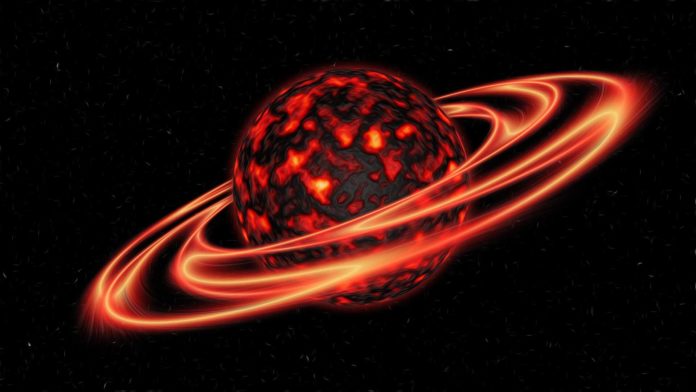Solar storms are a variety of eruptions of mass and energy from the solar surface. Flares, prominences, sunspots, coronal mass ejections are the common harbingers of solar activity, as are plages and other related phenomena are seen at other wavelengths. They all involve sudden releases of stored magnetic energy, which accelerates the hot gases near the surface or in the corona of the Sun.
Recently, In a new study, scientists have found evidence an unusually strong solar storm that hit Earth in 660 BCE has been detected in Greenland ice cores- only the third such event reliably documented.
An extreme form of solar storm, known as a solar proton event (SPE), struck our planet 2,679 years ago. If an event of such magnitude were to happen today, it would likely wreak havoc on our technological infrastructure, including communications and navigation.
For as far back as 70 years, specialists have examined these solar storms by direct instrumental observations, which has prompted an understanding that they can represent a hazard to the electrical grid, communication systems, satellites, and air traffic. Two instances of serious sunlight based tempests in modern times that caused broad power blackouts occurred in Quebec, Canada, (1989) and Malmö, Sweden (2003).
Presently, an increasing amount of research demonstrates that solar storms can be considerably more dominant than estimations have appeared far by means of direct observations. The analysts behind the new, worldwide examination, driven by specialists from Lund University, utilized ice centers to discover pieces of information about previous solar storms. The centers originate from Greenland and contain ice formed over the past 100,000 years. The material contains proof of a very powerful solar storm that happened in 660 BCE.
Raimund Muscheler, professor of geology at Lund University said, “If that solar storm had occurred today, it could have had severe effects on our high-tech society.”
Raimund Muscheler also took part in research that confirmed the existence of two other massive solar storms, using both ice cores and the annual growth rings of old trees. These storms took place in 775 and 994 CE. He points out that even though these massive solar storms are rare, the new discovery shows that they are a naturally recurring effect of solar activity.
He said, “That’s why we must increase society’s protection against solar storms.”
“Today’s risk assessment is largely based on direct observations made over the past 70 years, but there is a need for a reassessment in view of the three massive solar storms that have now been discovered. There is a need for greater awareness of the possibility of very strong solar storms and the vulnerability of society.”
“Our research suggests that the risks are currently underestimated. We need to be better prepared.”
The study is published in the Proceedings of the National Academy of Sciences.
